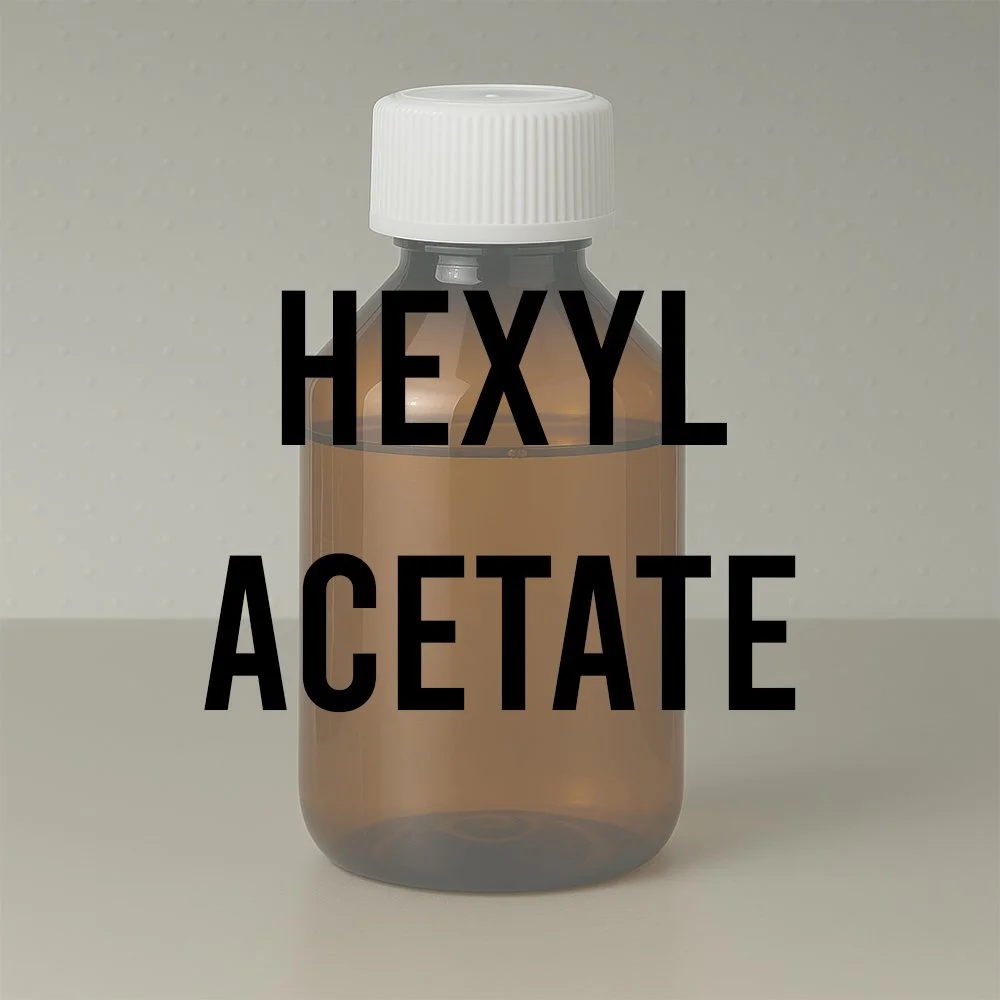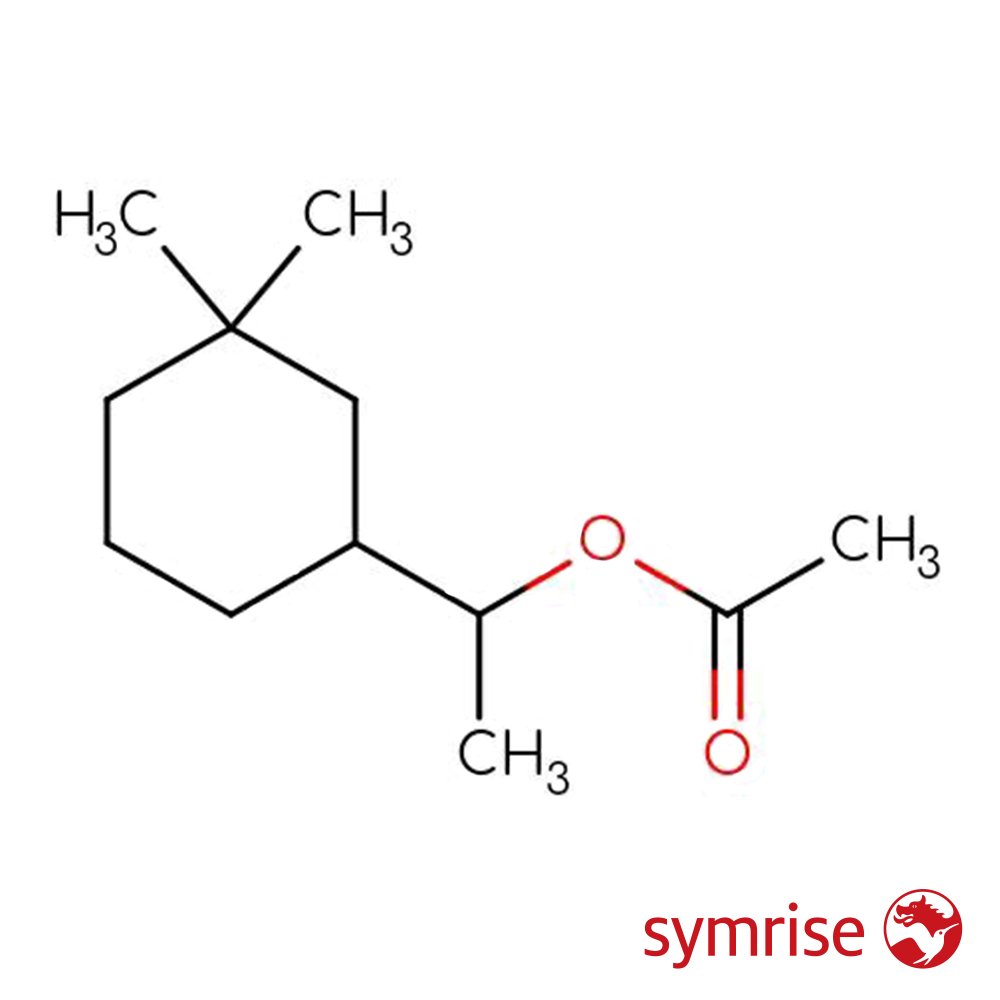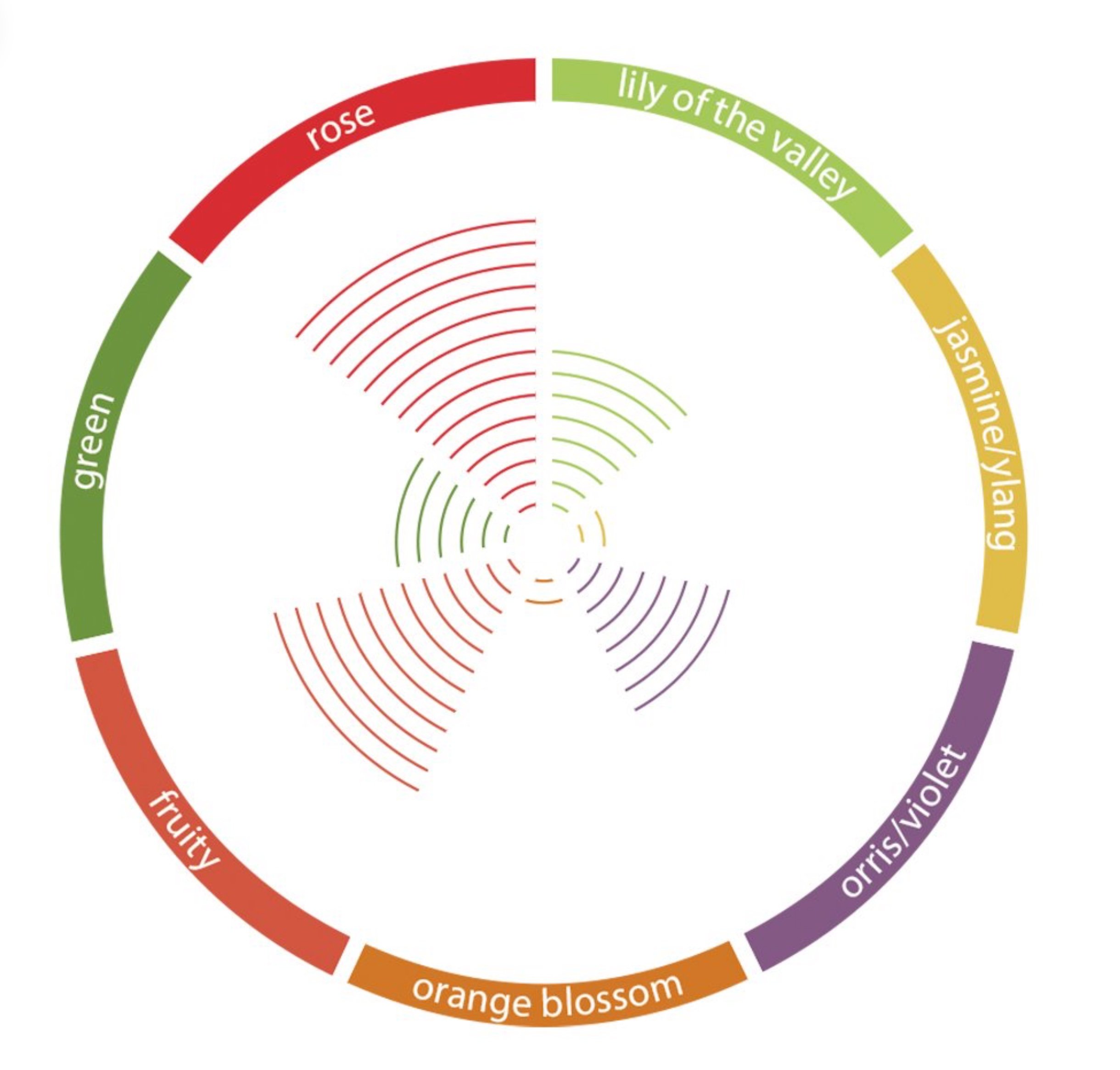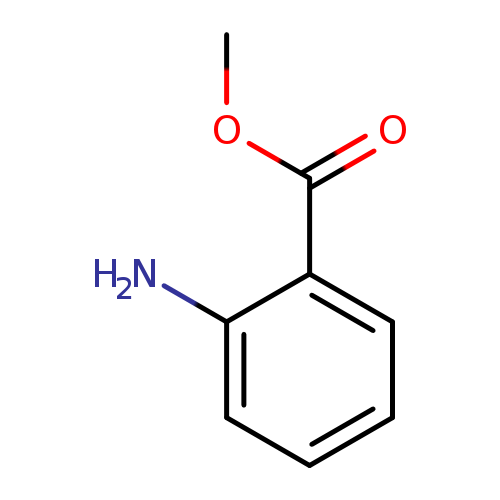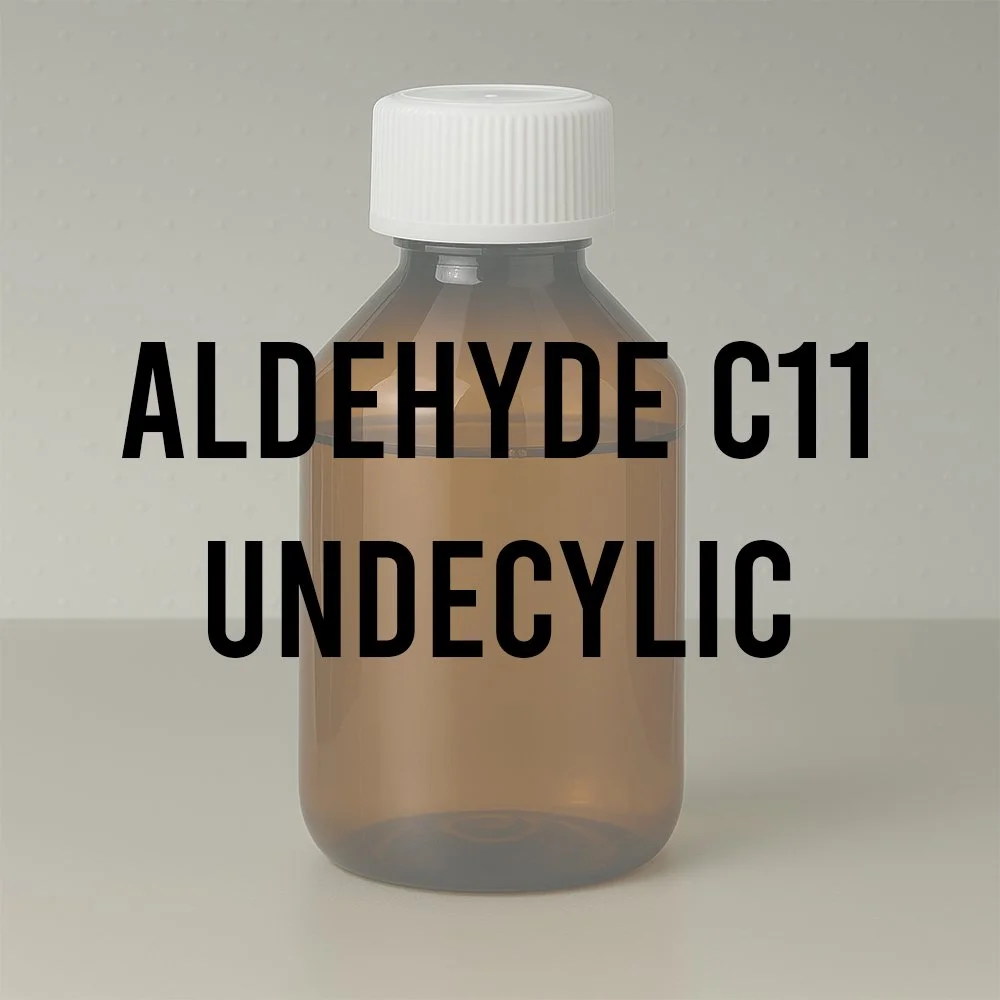Technical Ingredient Overview
🔎 Chemical Name — n-Hexyl acetate; Acetic acid hexyl ester
🧪 Synonyms — Capryl acetate; Hexyl ethanoate; 1-Hexyl acetate; Hexanyl acetate; Acetate C-6
📂 CAS Number — 142-92-7
📘 FEMA Number — 2565
⚖️ Molecular Weight — 144.21 g/mol
📝 Odor Type — Green-fruity, aliphatic ester
📈 Odor Strength — High impact with moderate intensity; excellent diffusion
👃🏼 Odor Profile — Sweet, fruity, green aroma reminiscent of apple and pear with floral undertones. Characterized by a fresh, juicy, and naturalistic fruit character. Less intense than isoamyl acetate but more refined. Arctander describes it as having a sweet fruity berry-and-pear-like odor, milder than amyl acetate, less natural, slightly floral and green (Arctander, 1969)
⚗️ Uses — Top note modifier in fine fragrance, functional fragrance for household and personal care products, food flavoring agent for apple, pear, banana, and tropical fruit profiles
🧴 Appearance — Colorless clear liquid (TCI America, n.d.)
What is Hexyl Acetate?
Hexyl Acetate is an aliphatic ester with the molecular formula C₈H₁₆O₂ (Sigma-Aldrich, 2024; PubChem, n.d.). This simple ester is formed through the esterification of n-hexanol and acetic acid
As a member of the acetate ester family, Hexyl Acetate is classified as a green-fruity fragrance material. It occurs naturally in apples, pears, strawberries, peaches, and roses (Sigma-Aldrich, 2024), making it an authentic representation of fresh fruit character in perfumery compositions.
The compound is characterized by excellent volatility and diffusive properties, making it particularly valuable as a top-note material. Its chemical structure—a straight-chain six-carbon alcohol esterified with acetic acid—contributes to its characteristic fresh, green-fruity profile.
Historical Background
While specific details regarding the original discovery or first synthesis of Hexyl Acetate are not well-documented in historical perfumery literature, the compound has long been used in the flavor and fragrance industries to recreate crisp, fresh-fruity effects (Scentspiracy, n.d.).
The synthesis involves reacting n-hexyl alcohol with excess acetic anhydride at boiling point, or with excess acetic acid in the presence of concentrated sulfuric acid as a catalyst (ChemicalBook, n.d.). This straightforward esterification process has made Hexyl Acetate accessible to perfumers and flavorists since at least the early 20th century.
Arctander noted that hexyl esters are relatively rare in nature and are therefore somewhat more difficult to use in imitation fruit flavors than the more common or natural esters (Arctander, 1969; as cited in Pell Wall, n.d.). Despite this observation, commercial synthesis has provided stable and reproducible access to this material, enabling its widespread adoption in both fine fragrance and functional applications.
The compound's recognition in authoritative perfumery texts, particularly Arctander's seminal "Perfume and Flavor Chemicals" (1969), established its importance as a foundational top-note ingredient in modern perfumery.
Olfactory Profile
Scent Family
Aliphatic Esters — Green-Fruity subfamily
Main Descriptors
The primary olfactory character is green and fruity, reminiscent of apple and pear, with subtle floral facets (IFF, 2025; Givaudan, n.d.). Organoleptic descriptors include: apple, green, fruity, pear, sweet (Sigma-Aldrich, 2024).
The aroma is characterized by:
Fresh fruit notes: Crisp apple, ripe pear
Green aspects: Natural foliage, slightly herbaceous
Berry nuances: Subtle strawberry and mixed berry character
Floral undertones: Light magnolia and wisteria impressions
Sweet profile: Bittersweet taste suggestive of pear
Compared to other acetates, it is milder than amyl acetate, less natural in character, with slightly floral and green attributes (Pell Wall, n.d.).
Intensity
High diffusion with moderate overall intensity. The material offers intense diffusion and sweet green impact, making it ideal for lifting the opening of citrus and fruity accords.
Tenacity
Low persistence with approximately 5 hours tenacity on a blotter. Typically exhibits under 2 hours of presence on evaluation strips (Scentspiracy, n.d.). The poor longevity is characteristic of this class of volatile esters.
Volatility
Top Note — Highly volatile with rapid evaporation. The compound's low molecular weight (144.21 g/mol) and ester functionality contribute to its exceptional volatility. Vapor pressure is recorded at 0.911409 mm Hg at 23°C (IFF, 2025), confirming its classification as a highly volatile top-note material.
Physical constants supporting this classification:
Boiling point: 170-172°C
Density: 0.87 g/mL at 25°C
Refractive index: n²⁰/D 1.407-1.411
Applications in Fine Fragrance
Hexyl Acetate can be used in all types of compositions and serves as a very useful top note in fresh and fruity accords (Givaudan, n.d.).
Primary Applications:
Citrus compositions: Enhances brightness and natural freshness
Fruity accords: Provides realistic apple, pear, and mixed berry effects
Floral fragrances: Adds green, dewy, and naturalistic fruit nuances
Fresh accords: Contributes to modern clean and aquatic fragrances
The material blends exceptionally with citrus aldehydes, citronellol, geranyl acetate, and fruity lactones.
Typical Use Levels:
Up to 1% in fragrance concentrates
Perfumery Advantages:
Despite its simplicity, Hexyl Acetate remains one of the foundational top-note materials in both commercial and artistic perfumery, widely appreciated as a naturalizing tool for recreating realistic fruit and foliage nuances.
Performance in Formula
Though tenacity is poor, the volatility is often seen as a benefit in dynamic top-note construction. The material excels in quick-impact compositions where immediate olfactory effect is desired.
Formulation Characteristics:
Excellent solubility in alcohol and propylene glycol (ChemicalBook, n.d.)
Miscible with oils and most organic solvents
Acetates may form acetic acid over time due to hydrolysis
Alkali-stable in certain applications (ChemicalBook, n.d.)
Blending Behavior:
The material demonstrates excellent compatibility with:
Aldehydes (citral, decanal, citronellal)
Terpene alcohols (linalool, citronellol, geraniol)
Other acetates (benzyl acetate, geranyl acetate)
Lactones (γ-undecalactone, δ-decalactone)
Technical Considerations:
Log P value of 2.9 (IFF, 2025) indicates moderate lipophilicity
May require stabilization in formulations with high pH
Consider potential hydrolysis in aqueous systems
Industrial & Technical Uses
Beyond perfumery applications, Hexyl Acetate serves as a solvent for resins, polymers, fats, and oils, and is used as a paint additive to improve dispersion on surfaces (Sigma-Aldrich, 2024; Santa Cruz Biotechnology, n.d.).
Food and Flavor Industry:
Used in food flavoring for apple, pear, banana, and tropical fruit notes (Sigma-Aldrich, 2024). Typical use in flavor concentrates: up to 25 ppm.
Functional Fragrance:
Household cleaning products
Detergents and fabric care
Personal care formulations (shampoos, body washes)
Air fresheners
Industrial Applications:
Propellant component in aerosol formulations (ChemicalBook, n.d.)
Solvent in coatings, inks, and adhesives
Plasticizer applications (ChemicalBook, n.d.)
Research Applications:
Used to study diamondback moth pheromone activity, larval frass volatiles, and green leaf volatiles from cabbage on natural pest enemies (Sigma-Aldrich, 2024; Santa Cruz Biotechnology, n.d.). Exhibits antimicrobial activity and can be used to improve the safety of minimally processed fruits (ChemicalBook, n.d.).
Regulatory & Safety Overview
IFRA Status
Not restricted under the 51st Amendment to the IFRA Standards. This ingredient does not contain any listed allergens.
Note: While Hexyl Acetate does not appear on the IFRA Standards list of restricted materials (as of Amendment 51, June 2023), users should verify current status through the official IFRA Standards Library at https://ifrafragrance.org/standards-library.
EU Cosmetics Regulation
The material is permitted for use in cosmetic products under EU Cosmetics Regulation (EC) No 1223/2009, provided it meets applicable safety and quality standards. The compound follows IFRA guidelines and meets purity specifications of JECFA (Joint FAO/WHO Expert Committee on Food Additives) (Sigma-Aldrich, 2024).
EU Number: 205-572-7 (Sigma-Aldrich, 2024)
FEMA Status
FEMA Number: 2565
Recognized as GRAS (Generally Recognized as Safe) for food flavoring applications
Flavis Number: 9.006
Toxicology
A 13-week subchronic toxicity study of hexyl acetate in SD rats has been published (Toyoda et al., 2019; as cited in Santa Cruz Biotechnology, n.d.).
Safety Profile:
No known food allergens (Sigma-Aldrich, 2024)
Vegan suitable and readily biodegradable (IFF, 2025)
Low toxicity profile; classified as Flammable Liquid Category 3 and Aquatic Chronic Category 2 (Chem-Impex, n.d.)
Handling Precautions:
Flash point: 113°F — moderate fire risk (ChemicalBook, n.d.)
Almost insoluble in water; soluble in alcohol and propylene glycol, miscible with oils (ChemicalBook, n.d.)
Store at room temperature in tightly closed containers
Related Ingredients by Chemical Family:
Other Aliphatic Acetates: Isoamyl acetate, Heptyl acetate, Octyl acetate, Decyl acetate
Green-Fruity Esters: cis-3-Hexenyl acetate, cis-3-Hexenyl isobutyrate, Allyl heptanoate
Related by Olfactory Profile:
Apple/Pear Character: Ethyl 2-methylbutyrate, Allyl caproate, γ-Undecalactone
Green Notes: cis-3-Hexenol, cis-3-Hexenyl acetate, Leaf alcohol, Galbanum oil derivatives
Fresh Fruity: Ethyl butyrate, Isoamyl acetate, Strawberry furanone
Complementary Materials:
Citral (lemon aldehydes)
Citronellol (rose alcohol)
Geranyl acetate (fruity-rosy acetate)
δ-Decalactone (peach lactone)
Dihydromyrcenol (fresh citrus alcohol)
Sources
User-provided source
Perfume and Flavor Chemicals – S. Arctander
The Good Scents Company
FEMA GRAS Database
PubChem Chemistry Database

